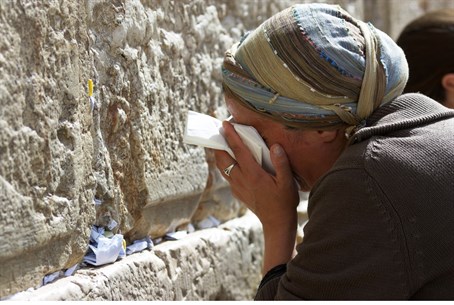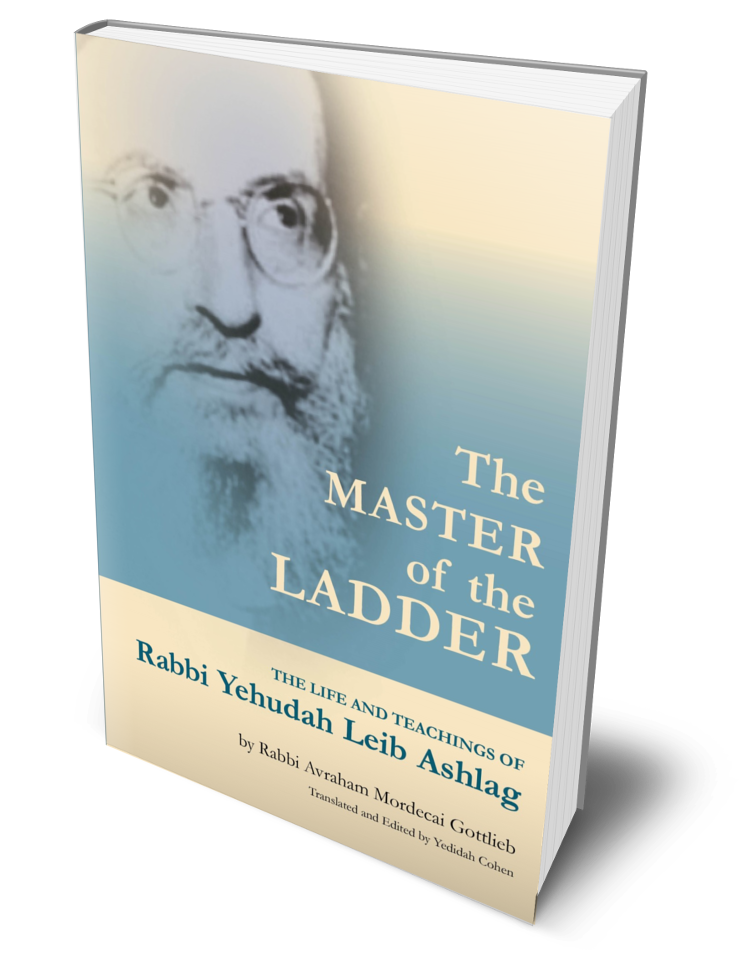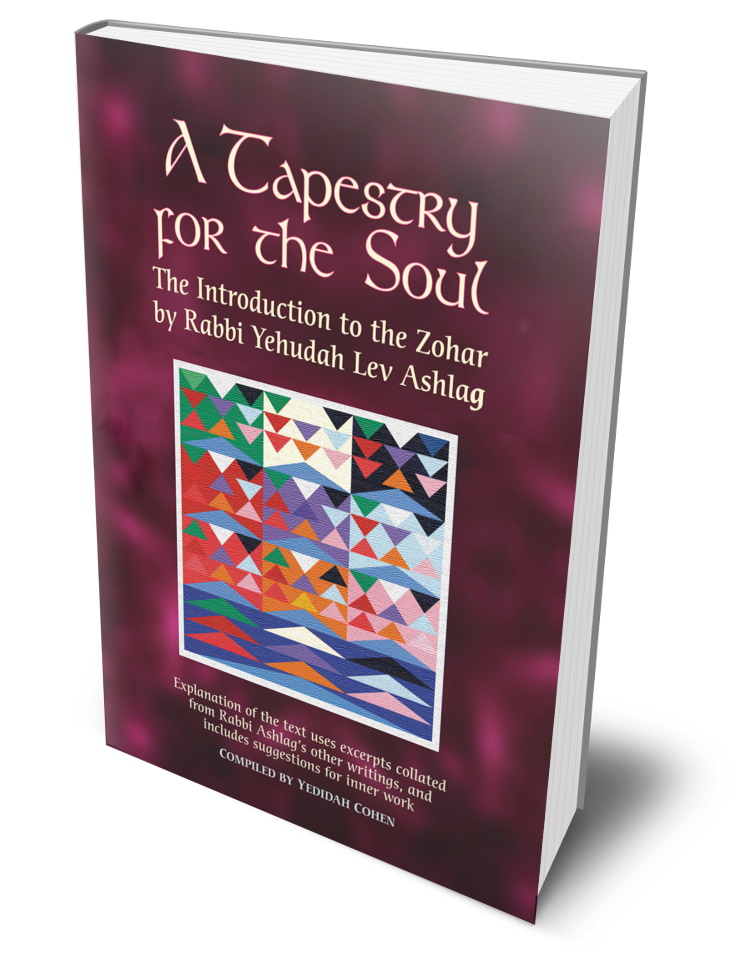
Podcast: Play in new window | Download (Duration: 16:29 — 15.2MB)
Subscribe: Apple Podcasts | Spotify | Android | Podchaser | Email | RSS
This Saturday night starts the fast of Tisha B’ Av. This is a day in which we mourn the destruction of the Temple. But are we really mourning an historical event? When we use our Judaism as a living spiritual path we don’t mourn a heap of stones, but we ask ourselves what are we missing? What aspect is missing from our lives that we feel the need to sit on the floor and conduct all the forms of mourning.
“Make for me a sanctuary that I will dwell within them” (Exodus: 25:8) was not a time-dependent command for one generation, but was an eternal command, now and then.
The Temple in Jerusalem was a tangible manifestation of the reality of God in the lives of the people then. But when the Temple was destroyed, that light was no longer visible , and we have a new work. A work of building our own inner Temple and finding the light of God within ourselves.
Our soul within each of us is called, in the language of the Kabbalah, “Jerusalem.” In contemplating the destruction, we mourn the ways we destroy our own inner Temple. We mourn the fact we aren’t even aware that the voice of our soul, our own inner Temple is missing from our lives. We mourn the lost opportunities where we can rebuild.
But our mourning is not just a wallow in misery. It is a pointed examination of matters as they stand. It is an awakening. And like limbs that have gone numb, such awakening may, at first, be painful, but it is useful. The very act of mourning the lack of place we give to our soul, awakens us to the desire to give our soul a new voice and a new place and to rebuild our inner Jerusalem.
All who mourn for Jerusalem merit to see her joy! (Taanit 30b) Amen may we so merit this year.
This shiur, is dedicated in loving memory of Feiga bat Shmuel and Rvikah and for the elevation of her soul.
{ 0 comments }







